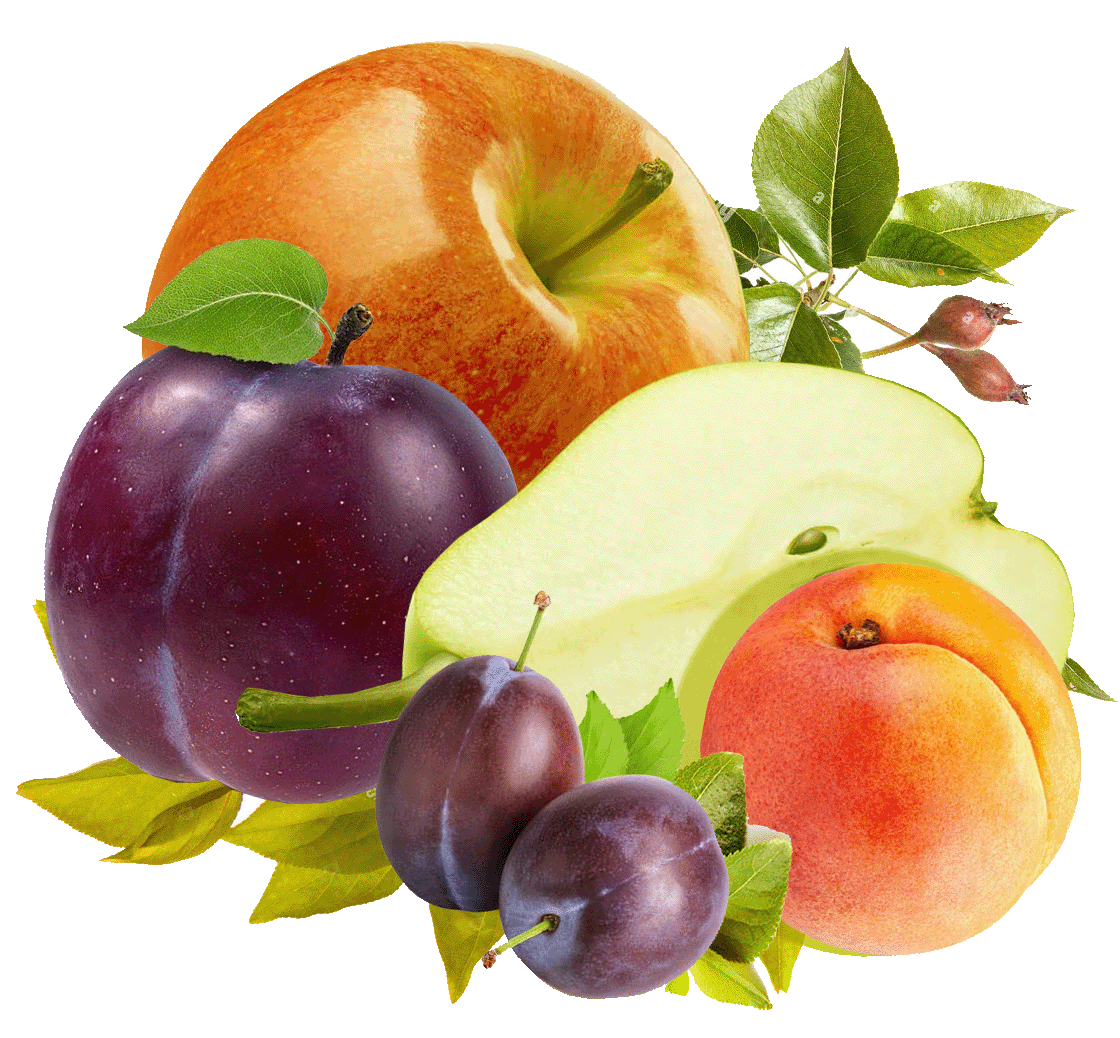
Mixed Fruit Powder
for home brew and wine making
Natural, No artificial additives
For white wines
Instruction to make 23 L of wine
1. Clean the fermenter thoroughly with water and soda detergent. Rinse thoroughly with cold water.
2. Pour 320-350 Mixed Fruit Powder; into fermenter , add 4 kg sugar , Then add 5-7 litres of hot water and stir well to dissolve all the sugar , Leave the fermenter for 1-2 hours
3. Fill up to 23 l of water.
Check the temperature is below 30°C.
4. Pour 18g Yeast Nutrients into the mixture in fermenter and stir slowly.
5. Evenly sprinkle the 6-7 wne yeast on the surface of the manufactured wine & close fermenter properly with lid and airlock, half filled with water.
Notes: Open the lid and mix well 2-3 times throughout the fermentation process. Store the fermenter at a constant room temperature. Fermentation will take longer at lower temperatures.
22-30°C is recommended, Avoid drafts and cold floors.
When the fermentation is complete
1. Syphon or pour the wine very slowly into another clean fermenter through a fine mesh strainer to get rid of the sediment.
2. Add wine stabilizer. Mix vigorously several times and leave to rest for 2-4 hours.
Clarification:
3. Add Wine Fining Agents and mix well. The wine will now start to clarify. It takes several days for the wine to completely clear.
Once clear, decant the wine into bottles and seal. This young wine is drinkable now, but better quality is achieved by aging for a few months.
Warning! The use and dosage of ingredients is not standard in many respects depends on the quality and variety of ingredients, we advise to take into consideration your experience with your yeast and ingredients, as well as clarifying.

Useful notifications
Constant temperature 22-30°C is important for the process. Too high temperature can kill yeast cells, too low might not start fermentation at all or cause very slow fermentation process.
Before you start to add clarificaton agents and stabilizer to wine, make sure the fermentation is completly finished. Otherwise the clarification process will not be successful, yeast odour will still be present and that strongly effects the quality of the finished product.
During fermentation you can open the fermenter and mix the brew slowly for a short time. Do not leave the fermenter open, make sure the lid is always closed hermetically afterwards.